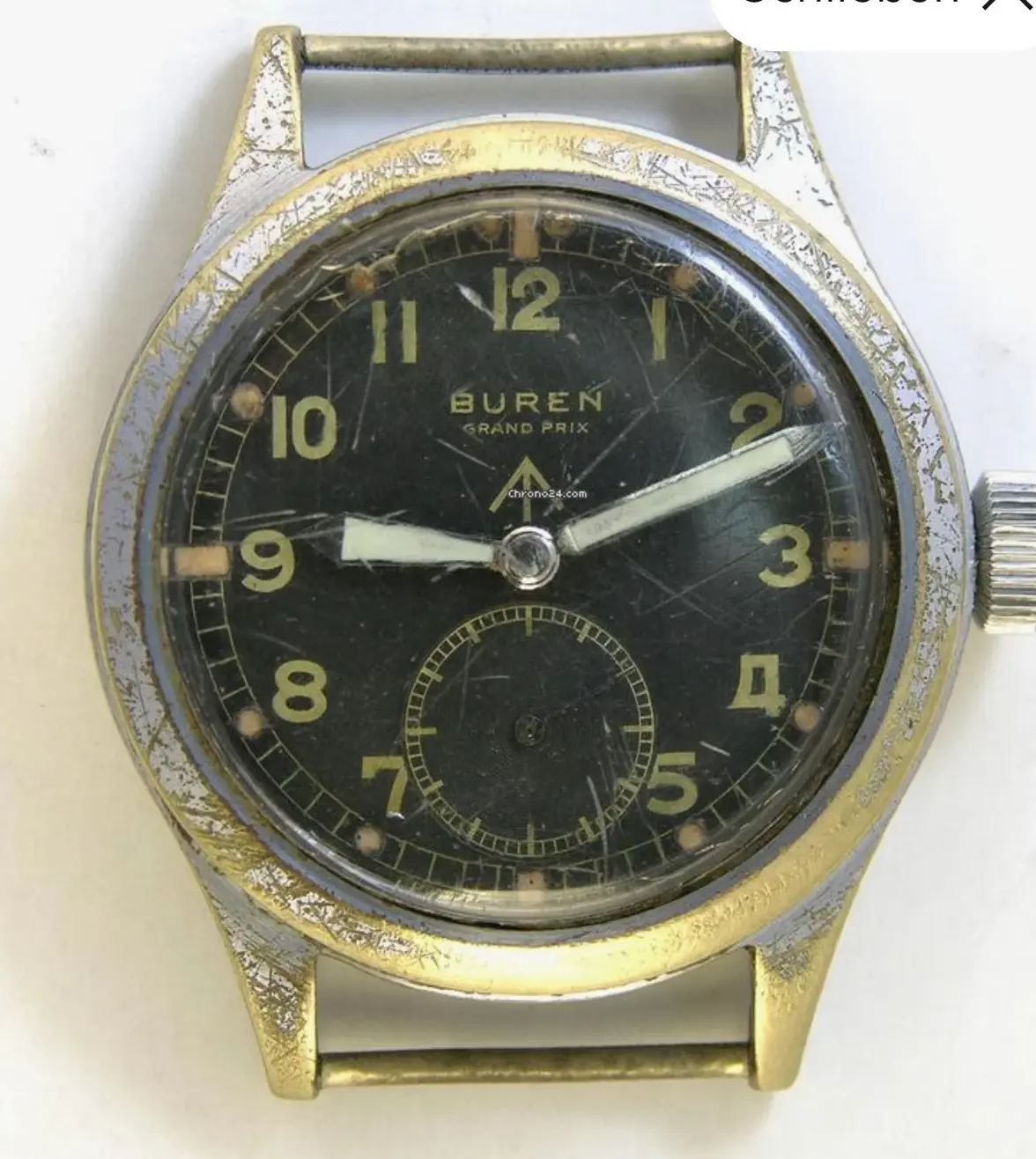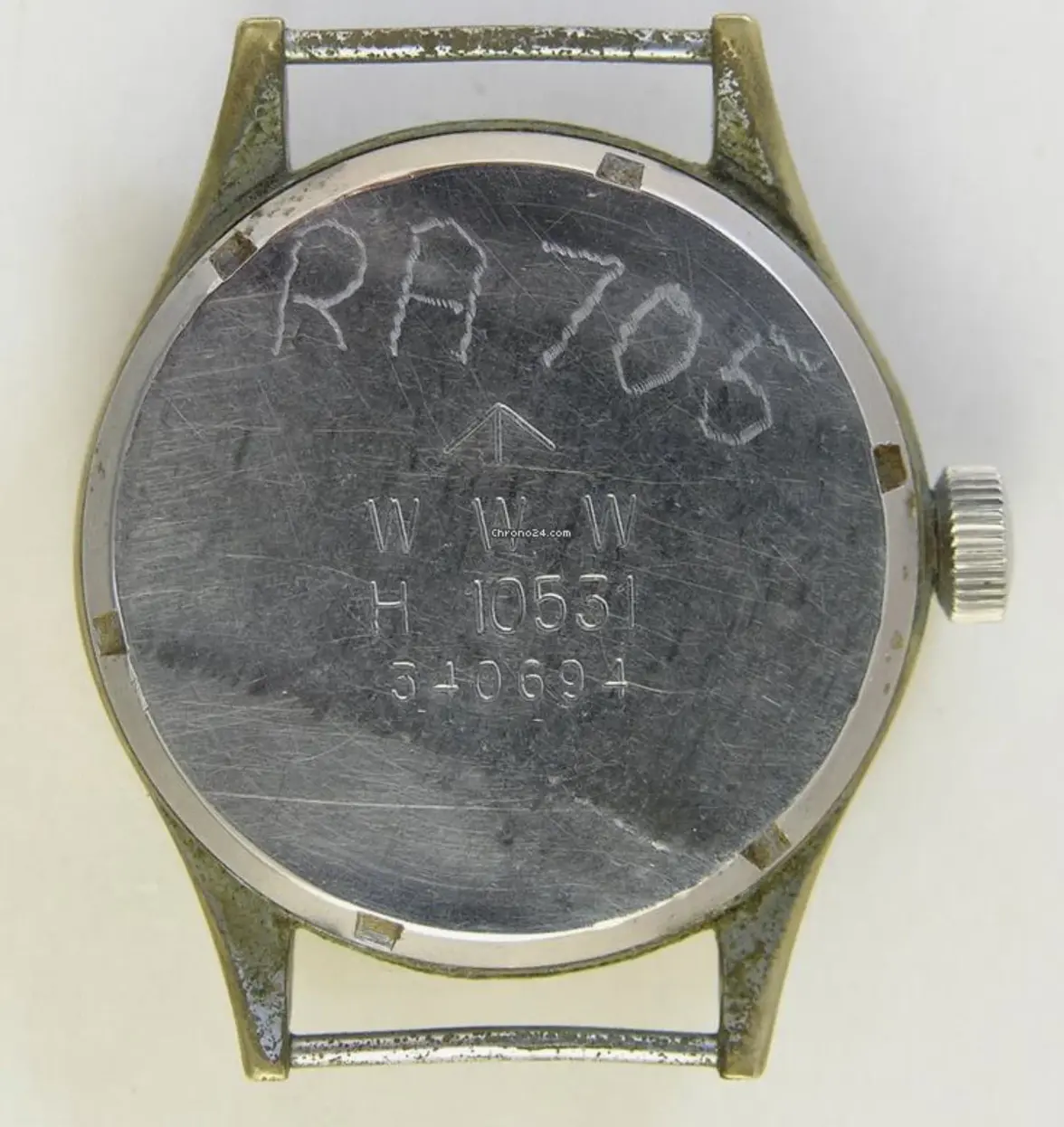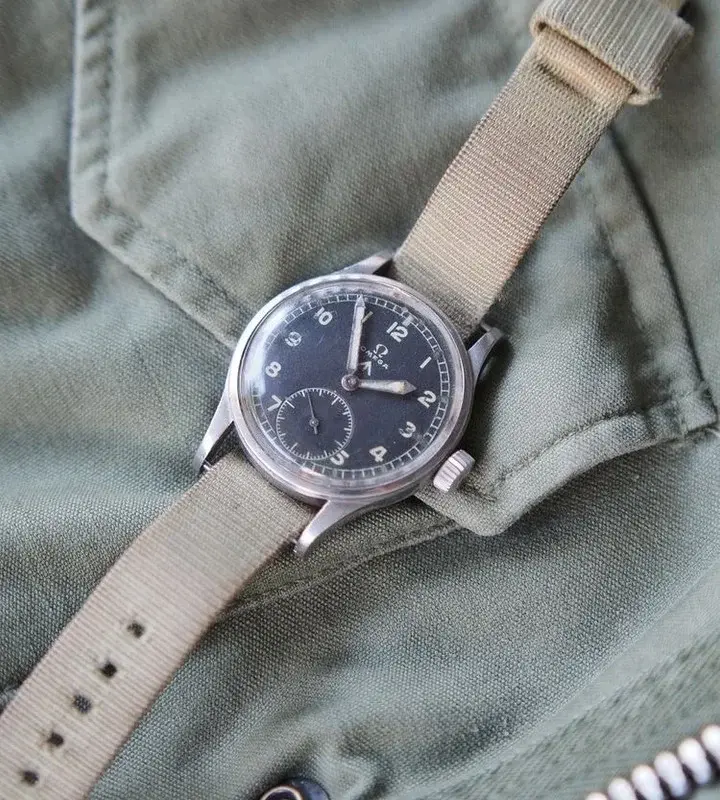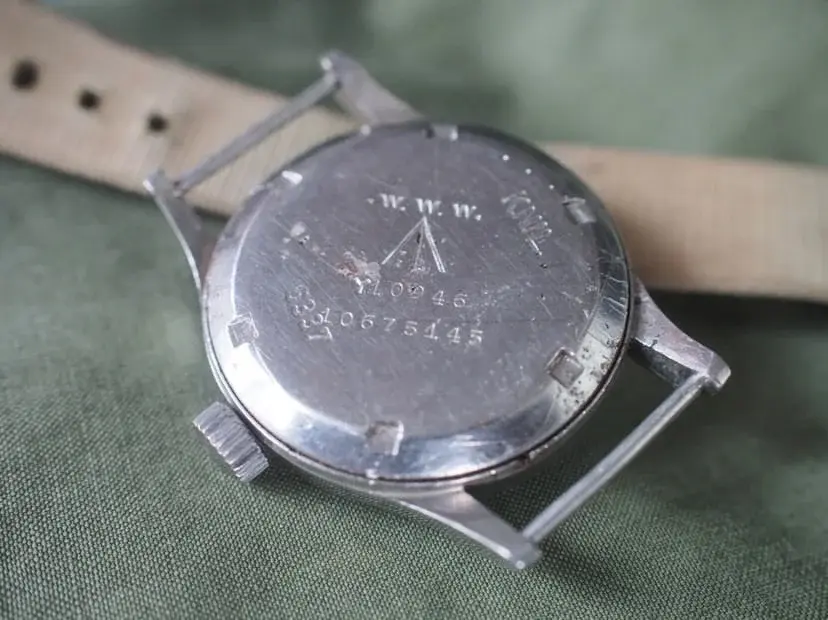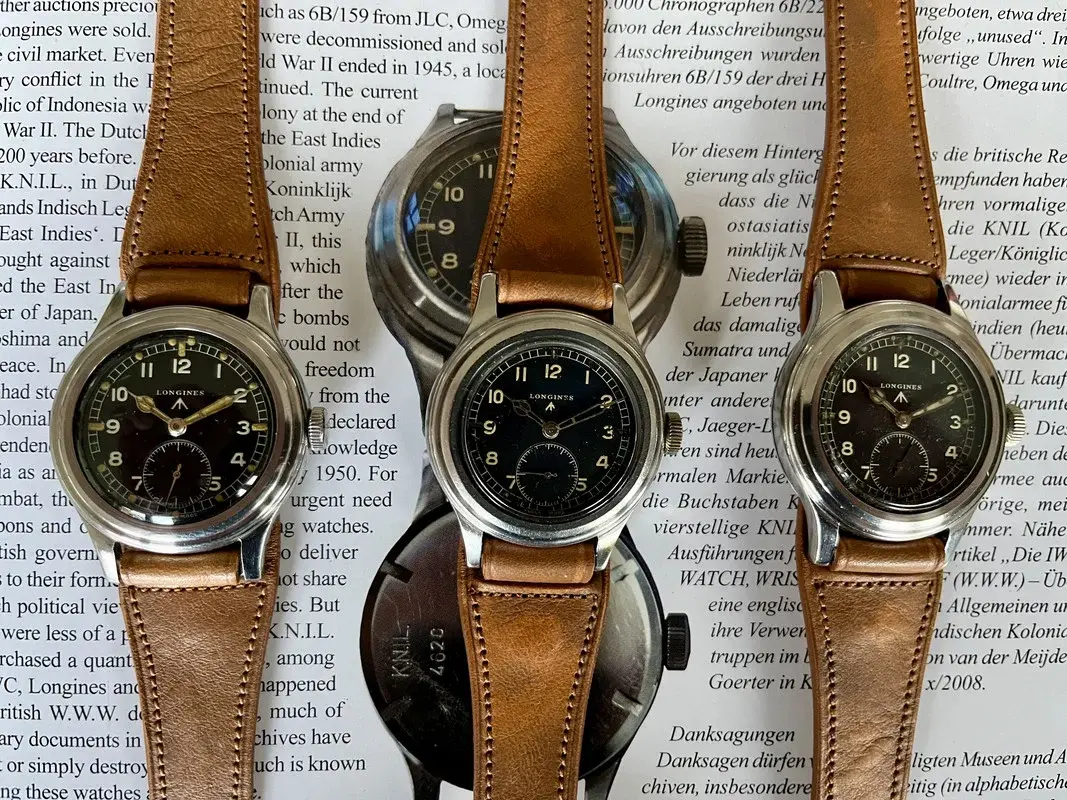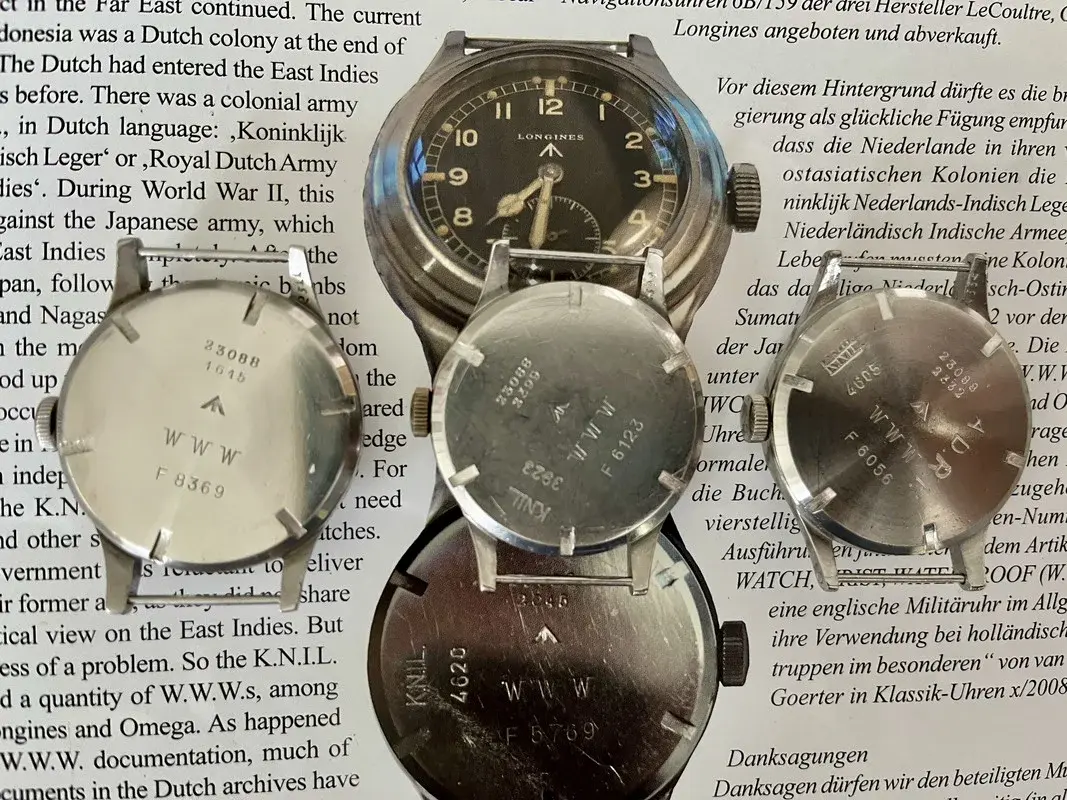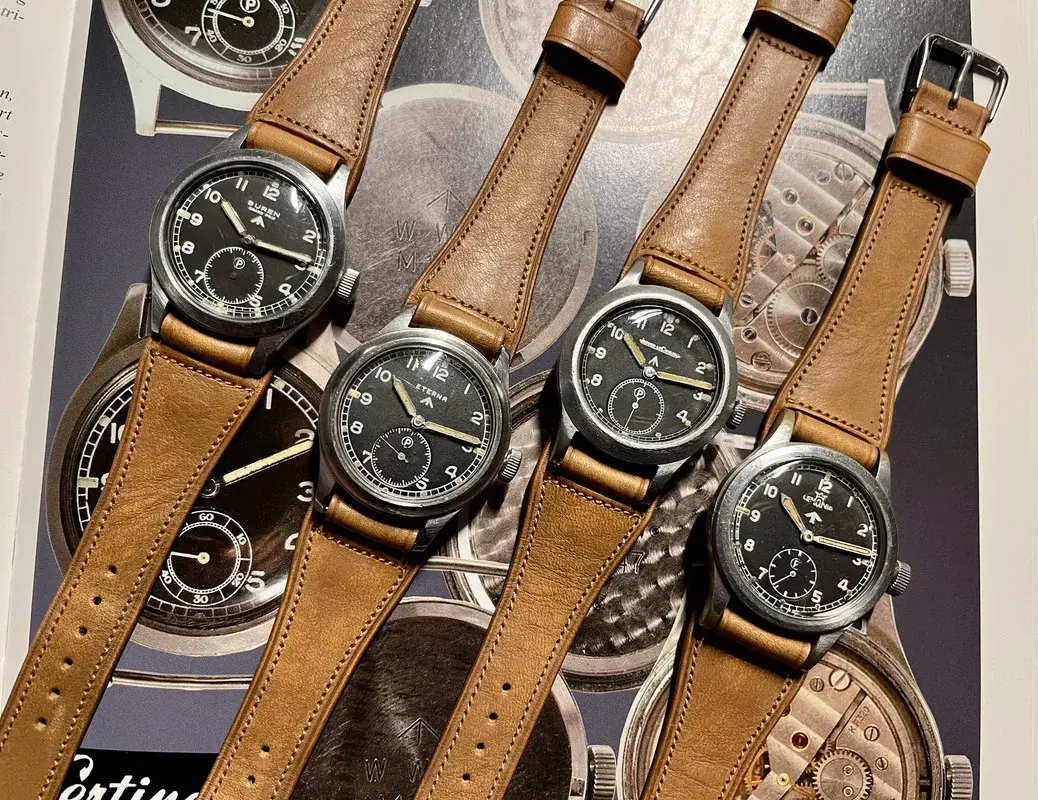- Posts
- 110
- Likes
- 50
iht
·I’ve been reading up on the Dirty Dozen watches lately, and while there’s plenty of info out there about their production numbers and specifications, I’m curious about something less often discussed - whether any Omega WWWs are known to have seen actual combat use.
Given they were issued fairly late in WWII, it seems likely many were delivered right at the tail end of the war or even post-VE Day. Has anyone come across documentation, service records, or provenance tying a particular Omega to a unit or soldier who was active in the field?
Would love to see any examples, stories, or even educated guesses from the collectors here.
Given they were issued fairly late in WWII, it seems likely many were delivered right at the tail end of the war or even post-VE Day. Has anyone come across documentation, service records, or provenance tying a particular Omega to a unit or soldier who was active in the field?
Would love to see any examples, stories, or even educated guesses from the collectors here.
